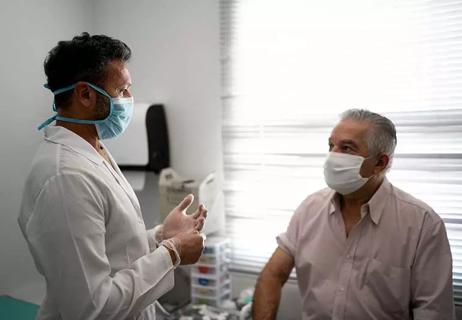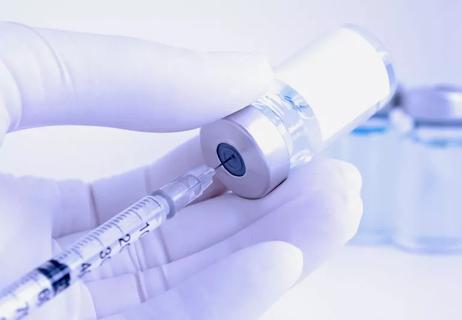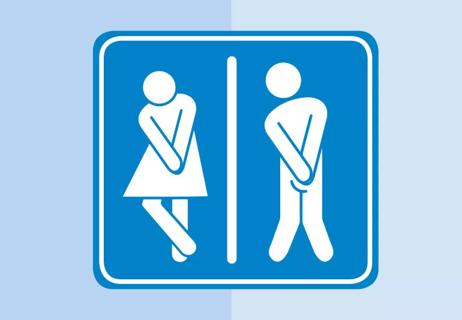3 other treatments to consider

If your doctor has prescribed medication for your overactive bladder, chances are good that you’ve either already stopped taking it or you will soon. As many as 78% of the patients who start these medications stop taking them within a year.
Advertisement
Cleveland Clinic is a non-profit academic medical center. Advertising on our site helps support our mission. We do not endorse non-Cleveland Clinic products or services. Policy
But medication is only one part of the treatment equation for overactive bladder. If your first (or even your fourth or fifth) medication isn’t working for you, there are still other treatments to explore.
Why do so many patients stop taking their medication for overactive bladder?
“There’s a combination of inefficacy and intolerability,” says urologist Emily Slopnick, MD. Some patients find that they simply don’t yield the results they were hoping for. Others have trouble tolerating side effects, which include dry mouth, dry eyes, constipation, and confusion.
Unfortunately, patients often don’t realize that there are several other options, Dr. Slopnick says.
If medications aren’t working for you, talk to your doctor or a urologist about other approaches. They range from injections to implants, and each approach has pros and cons. Here are three of the most common alternatives:
1. Onabotulinum toxinA
Botox® (onabotulinum toxinA) is well-known for smoothing wrinkles, but onabotulinum toxinA injections can also benefit your bladder.
“Injecting the drug directly into bladder muscles helps to calm the bladder and prevent urinary urgency and related leakage,” says Dr. Slopnick.
The big advantages are that injections are done in the office and are usually only required two or three times a year. Side effects like dry mouth and constipation aren’t an issue. However, there are other possible side effects, Dr. Slopnick points out. About 6% of patients have a hard time urinating and require intermittent self-catheterization until the Botox starts to wear off. Also, about 20% develop urinary tract infections.
Advertisement
2. Sacral neuromodulation
This treatment uses a device that works like a pacemaker for your bladder. The device is placed in two stages, so you can test drive it first to see if it works for you. The first stage is either done in the office with local anesthesia or under sedation. Your doctor will insert a thin wire lead into your back to stimulate your bladder nerve roots.
“You do a two-week test stimulation with a temporary battery,” explains Dr. Slopnick. “And if you have 50% improvement in your symptoms then you go on to full implantation.”
Your doctor then implants the device under the skin of your lower back. It helps regulate your bladder with a mild electrical current that stimulates the sacral nerve (sacral nerves control bladder, bowel and rectal function). It may also help with incontinence of stool due to the shared nerve supply. The device has a long-lasting battery (five to seven years), and there is a new rechargeable battery that may last up to 15 years.
This device is now MRI compatible, so patients with multiple sclerosis or other conditions that require MRI imaging may do so with the device in place.
3. Percutaneous (PTNS) tibial nerve stimulation
PTNS is a type of neuromodulation that doesn’t involve an implant. Instead, PTNS uses a small needle placed near the ankle bone to stimulate the nerve root and regulate bladder function.
You will typically see reduced symptoms for three to four months after this treatment, but there is a significant time commitment: It takes an hour of treatment each week for 12 weeks.
Dr. Slopnick says researchers are testing PTNS home kits and implantable devices, which could make this treatment more convenient for people with busy schedules.
Dr. Slopnick says there are a number of reasons why people with overactive bladder problems don’t explore all treatment options.
“Most of the time, it’s two or three years before people are diagnosed or even have treatment,” she says. Then, after patients try multiple medications without success, they may lose hope for an effective treatment and give up.
But there’s no reason to prolong treatment that’s not working, she says.
She suggests talking to a urologist after your first failed attempt at treatment with medication. “The main point is that if you’re having bothersome symptoms, talk to your doctor about them,” she says.
Advertisement
Learn more about our editorial process.
Advertisement

Alcohol confuses your brain, irritates your bladder

These first-line treatments may do the trick

Before you run out and buy this specialty underwear, there are treatment options to try first, like pelvic floor therapy and medication

An enlarged prostate, diuretics and bladder irritants can all contribute

It’s an FDA-approved treatment for urinary incontinence and overactive bladder

Try elevating your legs during the day and stop drinking two hours before bed

‘Stomach gripping’ can lead to muscle weakness, back pain and breathing problems

Know which drugs can affect bladder control

Type 2 diabetes isn’t inevitable with these dietary changes

Applying a hot or cold compress can help with pain